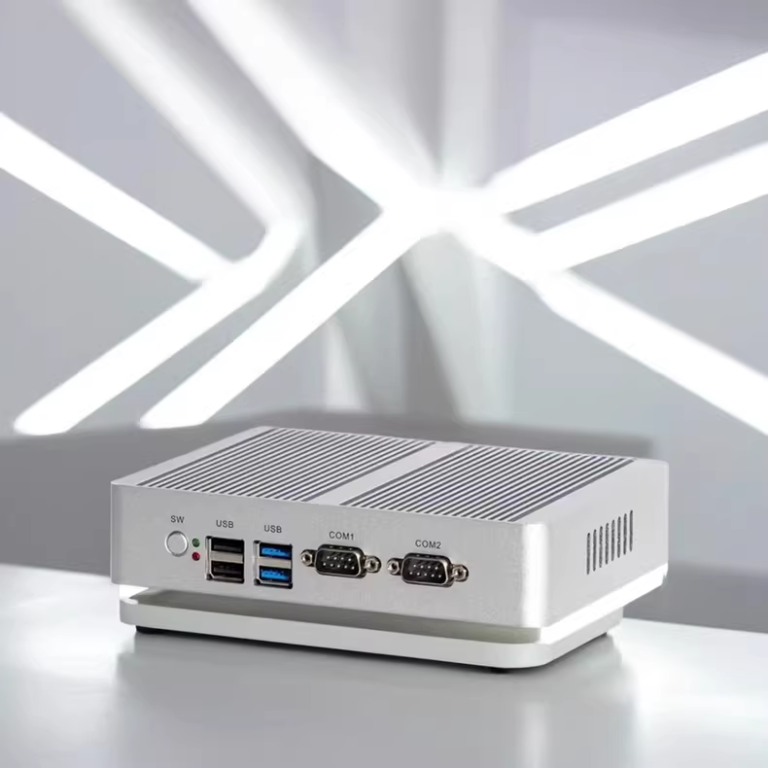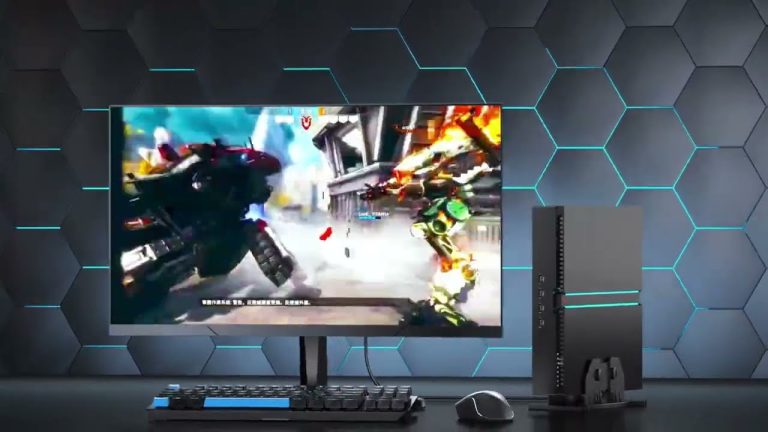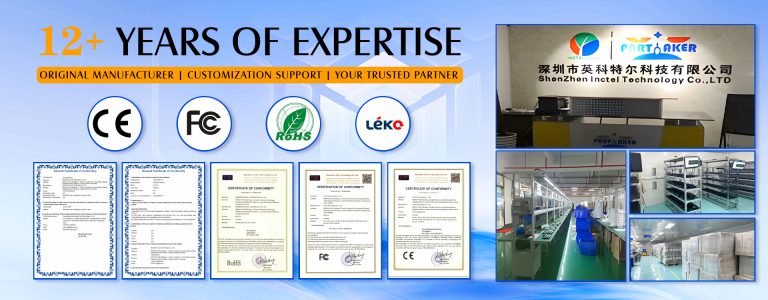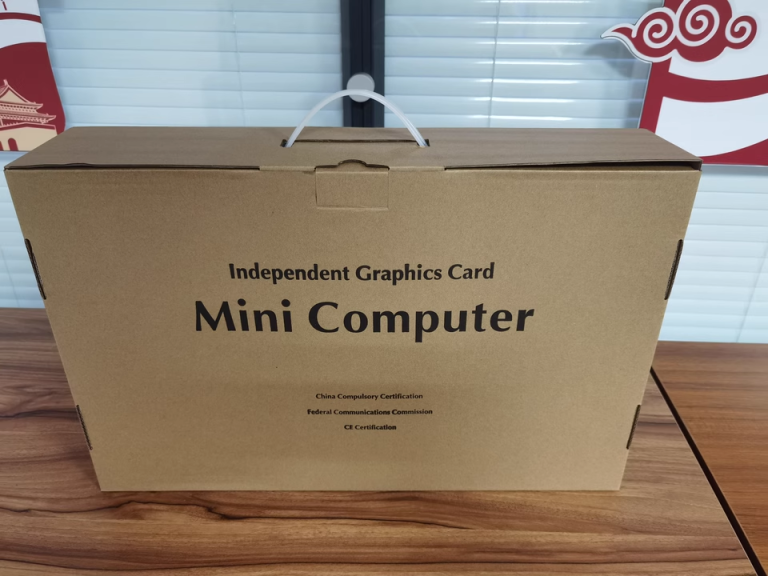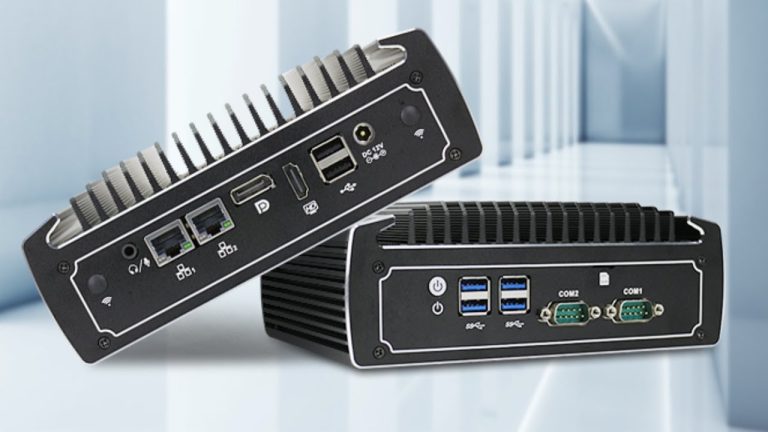| Features in Comparison | Mini-ITX Motherboard | ATX Motherboard |
|---|---|---|
| Size | 6.7 x 6.7 inches; suitable for compact, space-limited builds like small form-factor PCs and home theater systems. | 12 x 9.6 inches; ideal for high-end gaming and professional workstations in full-tower and mid-tower cases. |
| Expansion Slots | Typically one PCI Express x16 slot; limited expandability, suited for systems with fewer components. | Multiple PCI Express x16 and x1 slots; offers extensive expansion options for multi-GPU setups and additional cards. |
| Storage and Connectivity | Fewer SATA ports, usually one M.2 slot; focuses on basic storage needs and compact design. | More SATA ports, multiple M.2 slots; caters to extensive storage needs and faster data transfers. |
| Power Delivery and Overclocking | Simpler power delivery with fewer phases; limited overclocking potential. | Robust power system with multiple phases; supports high overclocking speeds and stable power for intensive use. |
| Use Case | Ideal for compact, efficient systems, such as portable gaming rigs or media centers. | Suitable for high-performance, upgradeable systems used in demanding applications like gaming and video editing. |
| Price | Generally cheaper, but high-end models may reach mid-range ATX prices; good for basic or specific needs without expansions. | Usually more expensive, reflecting broader capabilities and support for advanced features and technologies. |
Choosing between Mini-ITX and ATX motherboards affects your computer’s size, performance, and upgrade potential. This comparison clarifies their differences to help inform your decision.
Size
With a standard size of 12 inches by 9.6 inches, ATX motherboards are designed to accommodate more hardware components than smaller boards. This size makes them a versatile choice for various uses, from gaming systems to professional workstations. The larger area not only supports multiple expansion slots but also allows for better layout and spacing between components, which can help in heat dissipation and reducing electromagnetic interference among high-performance parts. These motherboards are commonly used in full-tower and mid-tower cases, which provide ample space for such large boards along with the necessary cooling systems required for high-power components.
The Mini-ITX standard measures 6.7 inches by 6.7 inches, which makes it one of the smallest mainstream motherboard form factors available. This compact size is particularly beneficial for Mini-PC where space is limited, such as in small form-factor (SFF) PCs, media center computers, or portable gaming rigs. The small footprint is especially advantageous for home theater PCs (HTPCs) as they blend more seamlessly into living room setups without sacrificing the capability to handle media playback and casual gaming. Despite its small size, the Mini-ITX can still pack a punch with modern CPUs and GPUs, all while maintaining a minimalistic and discreet presence.
Expansion and Slots
ATX Motherboards come equipped with multiple PCI Express (PCIe) x16 slots, which are essential for gamers and professionals who require more than one graphics card or need to install other high-bandwidth expansion cards like sound cards, network cards, or storage controllers. Additionally, ATX boards often include several PCIe x1 and even legacy PCI slots, offering a broad range of expandability options to accommodate both current and legacy hardware components. This makes ATX motherboards highly versatile and future-proof, allowing users to expand or upgrade their system components without constraints .
Typically equipped with a single PCI Express x16 slot, Mini-ITX motherboards are more constrained in terms of expansion capabilities compared to their larger counterparts. The limited number of expansion slots means that while they can support a powerful graphics card, the ability to add additional PCIe cards is restricted. This limitation is generally not a drawback for users building compact systems with fewer components, but it can be a significant constraint for those looking to build a more versatile or upgradeable system. Despite these limitations, Mini-ITX motherboards are still an excellent choice for users who prioritize space efficiency and have minimal expansion needs.
Storage and Connectivity
ATX motherboards typically come equipped with a greater number of SATA ports, which allows for a significant amount of storage devices to be connected, ranging from hard drives to SSDs. This makes them ideal for users who need extensive storage solutions, such as for video editing or server hosting. Additionally, these motherboards often feature multiple M.2 slots, which support the latest NVMe SSDs, offering faster data transfer speeds crucial for high-performance gaming and professional applications. The abundance of USB ports and other connectivity options further enhances their appeal to power users who require connections for various peripherals and external devices .
Reflecting their design for compact, efficient builds, Mini-ITX motherboards typically feature fewer SATA ports, usually catering to basic storage needs which is sufficient for most single-user PCs, HTPCs, or compact gaming systems. They generally include one M.2 slot, which still allows for the installation of a high-speed SSD to boost the system’s performance without occupying much space. The limited number of USB and other I/O ports aligns with the minimalistic design philosophy, focusing on core functionality without the frills of excess expandability .
Power Delivery and Overclocking
The robust power delivery systems in ATX motherboards are characterized by multiple power phases and high-quality components like solid capacitors and digital VRMs (Voltage Regulator Modules). These features contribute to a stable and efficient power supply to the CPU and other key components, which is essential for achieving high overclocking speeds and managing the thermal loads during intensive computing tasks. This makes ATX motherboards a preferred choice among enthusiasts and professionals who demand top performance and reliability for overclocking or running high-end graphics and processing units .
Due to their compact size, Mini-ITX motherboards typically have a simpler power delivery system with fewer power phases. While sufficient for standard operations and moderate performance needs, these systems might not provide the same level of stability and efficiency required for extreme overclocking. This can limit their use in high-performance gaming or professional tasks that require sustained heavy processing. However, recent advancements in technology have seen some Mini-ITX motherboards include better power solutions, though they still generally lag behind the capabilities offered by ATX models in terms of overclocking potential and power stability .
Use Case
ATX motherboards are typically the choice for users who need a high-performance system that can be upgraded frequently. Their larger size accommodates more hardware upgrades, such as additional RAM, multiple graphics cards, and various PCIe expansion cards. This makes them ideal for demanding applications like gaming, video editing, and 3D rendering, where maximizing performance is crucial. Users who opt for ATX boards generally plan for future-proofing their systems, allowing for scalability as software demands increase or as new technologies emerge.
Mini-ITX motherboards cater to a different demographic, focusing on users who need a compact, efficient system. They are particularly suited for small form-factor builds where space is limited, such as in living room HTPCs, portable LAN party rigs, or any setup where a small footprint is essential. While these boards offer less potential for upgrades, they are perfect for users who do not require the extensive customization and expansion capabilities provided by larger motherboards. Their small size makes them ideal for sleek, minimalist setups that complement modern living spaces without compromising essential computing functionality .
Price
ATX motherboards are generally pricier due to their advanced features and extensive expansion capabilities, accommodating high-performance needs which justify their cost for users planning robust, long-term system setups. Conversely, Mini-ITX motherboards, while often more budget-friendly, can also reach prices comparable to mid-range ATX models when equipped with premium features like advanced power systems or superior audio. This price variability reflects the diverse market offerings, catering to both basic and high-end user requirements, balancing cost with functionality and potential system upgrades.
Conclusion
Choosing between a Mini-ITX and ATX motherboard ultimately depends on the individual’s space requirements, performance needs, and budget. While the ATX motherboard offers extensive upgradeability and high performance, making it ideal for demanding tasks and future expansions, the Mini-ITX caters to those seeking compact, efficient solutions without the need for excessive customization.







